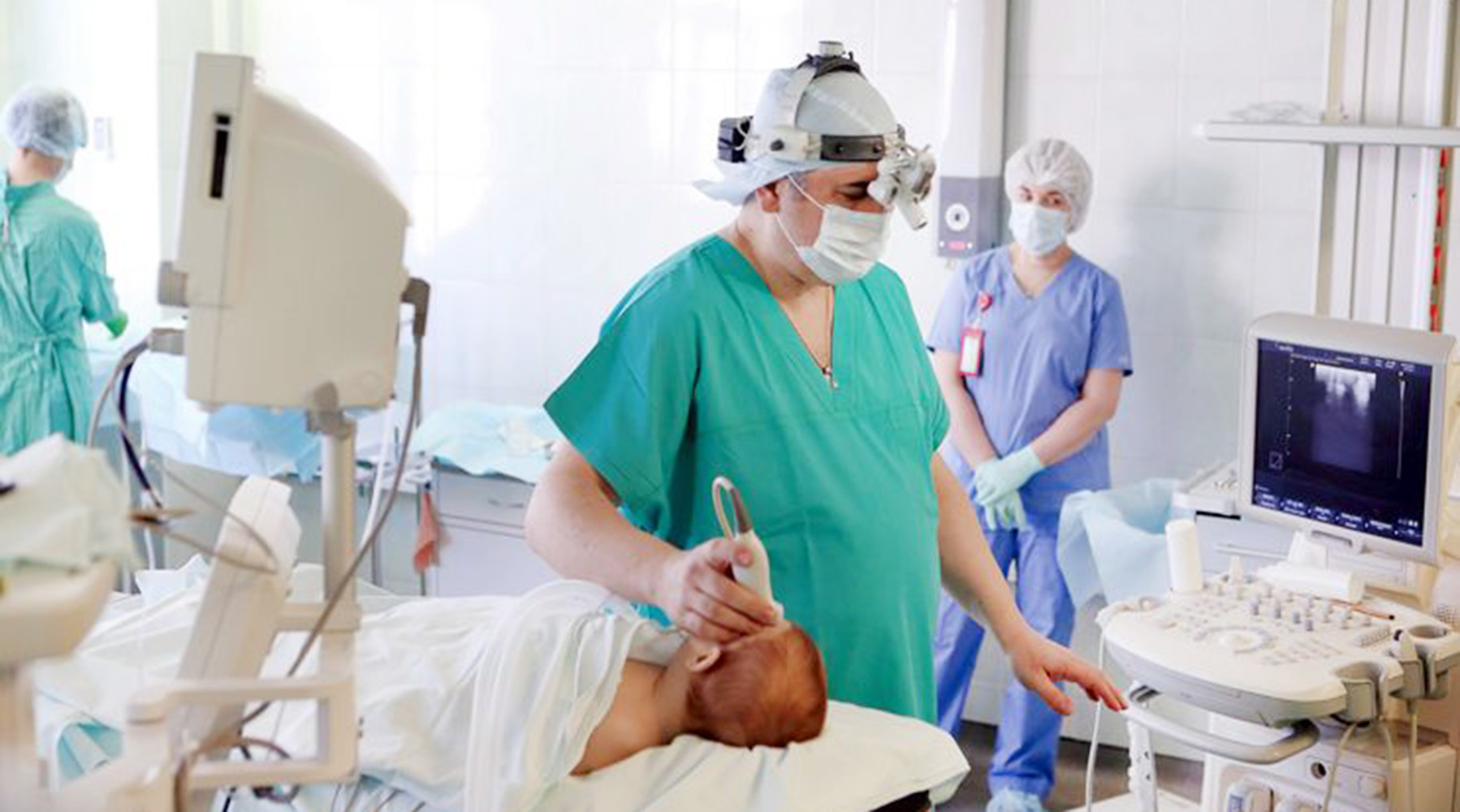Specialists of the Children's Hospital. Ann and Roberta Lurie in Chicago (USA) found in the nasopharynx of children under five years old with COVID-19, an increased content of coronavirus particles compared to other infected patients. This is reported in the JAMA Pediatrics edition.
The researchers analyzed 145 cases of mild to moderate COVID-19 in three age groups: children under five, children 5 to 17, and adults aged 18 to 65. In the first week after the onset of the characteristic symptoms of the disease, the viral load was measured in each group - the concentration of coronavirus particles in the nasal sinuses.
“We found that children under five years old with COVID-19 have higher viral loads than older children and adults, which may indicate a higher potential for transmission of the virus. This has significant public health implications, ”says Principal Investigator Dr. Taylor Heald-Sargent.
According to American doctors, the data obtained must be taken into account when planning further measures to reduce the spread of the virus. The authors of the work also noted that scientists are just beginning to study the features of SARS-CoV-2.
- Examination of the patient at the Children's City Clinical Hospital named after BEHIND. Bashlyaeva
- © tdgb-mos.ru
At the same time, as noted by Russian doctors, the results of the study of foreign colleagues can hardly be called sufficiently representative.
“However, indeed, at the age of five years, children have more pronounced foci of chronic infection: adenoiditis, tonsillitis. It is there that the coronavirus sits down, and there it has fertile soil for reproduction. In other age groups this is not so pronounced, "- said in a conversation with RT the chief physician of the Moscow Children's City Clinical Hospital. BEHIND. Bashlyaeva, Doctor of Medical Sciences, Professor Ismail Osmanov.
At the same time, according to him, the statistics of children's incidence of COVID-19 in Moscow partially confirms the conclusions of doctors from the United States. Among all children with coronavirus infection, Muscovites under the age of seven are more often observed.
Their viral load was not assessed, however, representatives of this particular age group were more likely to require inpatient treatment. At the same time, in general, children tolerate coronavirus infection better than adults. The exception, as Osmanov pointed out, is debilitated patients who have underlying diseases and are taking immunosuppressants.
Also, Dr. Osmanov noted that as carriers of the disease, children can pose a particular danger, since they often carry COVID-19 in a mild form that is invisible to others.
“A child, as an asymptomatic carrier, can be a hotbed of infection for the older generation, for grandmothers and grandfathers. When we talk about quarantine measures and restrictive measures, this should always be taken into account, "Osmanov summed up.

